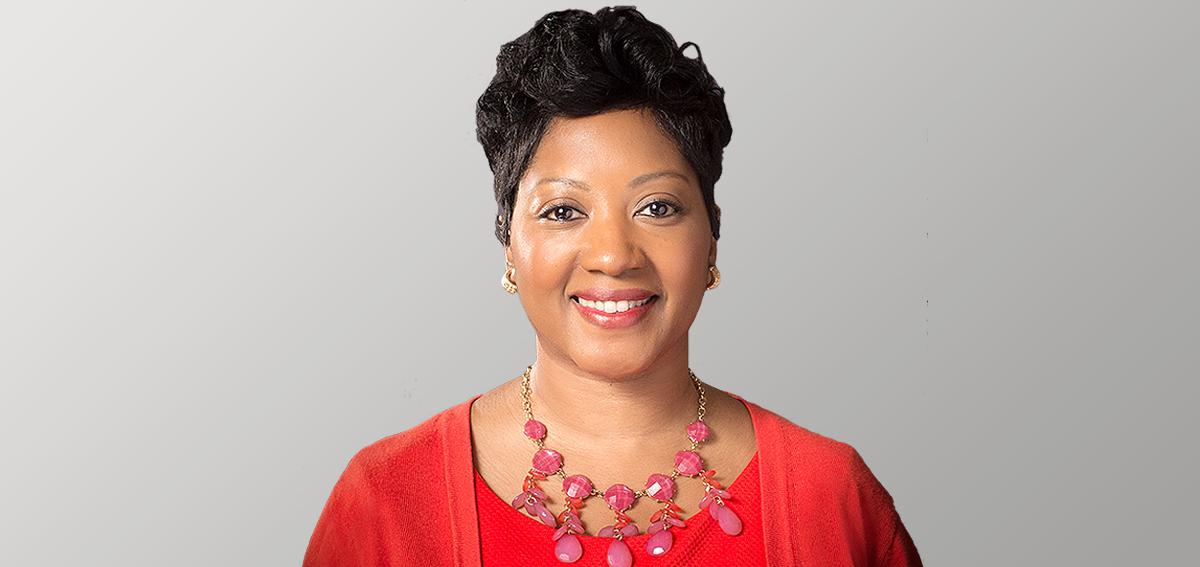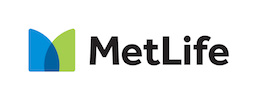How Embracing Change Can Help Shape the Future

As technology and culture change the way we work, live and interact, how can women not only keep up but have a seat at the table? How can they help shift thinking and make a positive impact in their careers, communities and society at large?
We sat down with Cindy Pace, Assistant Vice President of Diversity and Inclusion at MetLife to talk about our theme for 2018 – ‘Transform the Future.’ We also dug into how MetLife is helping keep women at the forefront of growth and transformation at the company and the global economy at large.
What does it mean to ‘Transform the Future’?
Cindy Pace: ‘Transform the Future’ is about thriving in the age of disruption and having a role in shaping the future. When I was being recruited by MetLife four and a half years ago, I was told that we were going through a transformation and I found that exciting because it’s during these moments that people are more open to saying yes to a project or assignment since the future is still being shaped and they don’t have all the answers.
As we see future trends and business projections, we need to start thinking about creating purpose-driven value that makes a positive impact, not only on our business, but in our communities and society as a whole. So, ‘Transform the Future’ is really an action pledge that no matter how challenging things may look, I am going to be adaptable and agile in a way that truly makes a difference.
Why is finding your purpose important for transformation?
The way we think about purpose at MetLife is connected — if you know who you are intrinsically and the impact you want to make, your path becomes clear and you can start making a difference on the business and the communities we serve.
We know from research around purpose that people want to be engaged in work that matters to them and to others, but it wasn’t always that way. In the past, careers were very self-centric, but now people are asking themselves, “When I’m doing this work, do I care and why does it matter?”
My contributions at work should be in concert with something that is bigger than me and when I’m engaged in this work, when I get to build relationships with people on my team, when I get to see how this work is going to change things, I feel a sense of meaning and fulfillment — that’s why finding your purpose is important. To truly lead transformational change, you have to craft your narrative and find your purpose.
How does crafting your narrative help shape your purpose?
Crafting your narrative is all about identifying what you want to be known for and if you had asked me that question seven years ago, my answer would have been very different from what it is today and that’s okay because we all grow and evolve, but ultimately, it’s figuring out what your mindset is. How are you going to own your story? Are you going to craft your story in a way that says you’re a survivor and a thriver or are you going to let life get the best of you? I’m not saying you can’t touch on the difficult aspects of your life and career, but it’s important to find setbacks that led to personal and career transformation. A narrative from a thriving perspective is how you were able to overcome challenges and barriers using your unique skills, strengths and values to create a future for yourself.
Once you’ve shaped your narrative and identified your purpose, what strategies can women use to excel in their careers?
For my doctoral dissertation, I did a case study on a single company, looking at women who had some success progressing from early-career to mid-career and were at a pivotal point where they were aspiring to senior leadership positions. I noticed that not only could these women articulate their aspirations for leadership and were clear on the kind of leaders they wanted to be — ones that lead with positive impact and influence — there were three main progression strategies that helped them thrive in the workplace.
- The first one is ACTIVATION, which is all about putting yourself on the map — self-promotion by raising your hand and letting people know what you’re interested in doing. We often shy away from projects that are outside of our area of comfort and expertise, not realizing that we may be passing up opportunities that will allow us to build additional skills. Explore tangential projects, take risks or craft a role that plays to your strengths — you may be surprised at what genius you’ve left untapped.
- The second strategy is INFLUENCE. What I noticed from women at more senior levels was their ability to work with people to get things done. It is a skill to be able to build relationships and create partnerships where you’re asking people to do something but you don’t have any authority over them. If you are working on a project and you start to identify gaps that only people outside your team can fill, bring them on board by making the partnership mutually beneficial to everyone involved.
- The last strategy is MOTIVATION — knowing how to talk to people on your team in a way that brings them together and makes them feel valued. When you are working with a team, how are you thinking about intentionally building comradery? If you learn to motivate people by tapping into their unique skills and strengths, you’ll constantly find yourself drawing out good work from people.
How is MetLife transforming the future for women in the workplace?
At the start of my career at MetLife, I was asked to shape our Global Women’s Initiative strategy alongside our Global Chief Diversity and Inclusion officer, Elizabeth Nieto. We understood that MetLife was becoming a global company and saw an opportunity for women to lead and I don’t mean just focusing on the executive leaders – I mean leadership at every level!
And so, we started the Global Women’s Leadership Forum as a way to empower women to cultivate leadership, no matter what position they hold. Our transformation has really been a mindset shift, as well as a shift in the policies and practices that we’ve put in place. For example, we have thirty four Women’s Business Networks around the world that are employee led, diversity groups focused on helping women thrive through career development activities and psycho-social support.
What we’re saying to women is you’re welcome here and you can take the lead no matter what stage of life or career you’re in because we have the initiatives and programs to help you do so.
This interview has been condensed and edited.

